
Parachutes are crucial aerodynamic decelerators in airdrop and planetary reentry missions, where their inflation dynamics involve significant fluid-structure interaction (FSI) phenomena. Given their low mass and high flexibility, parachutes experience complex interactions between the canopy structure and surrounding airflow. These interactions significantly influence structural deformation and performance under aerodynamic loads.
Traditional parachute deployment simulations rely on sequential processes—first simulating structural deformation using a solid mechanics solver and then analyzing aerodynamics separately with Computational Fluid Dynamics (CFD). However, this method often leads to inaccurate predictions. To overcome this, LS-DYNA’s robust FSI capabilities enable a more precise simulation of parachute deployment, offering crucial insights for aerospace and defense organizations.
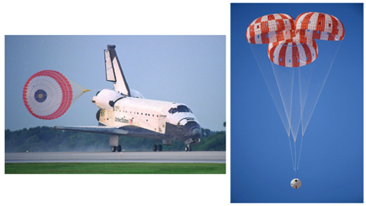
Figure 1 Fighter plane Decelerates Parachutes and Payload recovery Parachutes
LS-DYNA aids in structural integrity analysis, stress distribution, and inflation performance validation, making it indispensable in drogue parachute design.
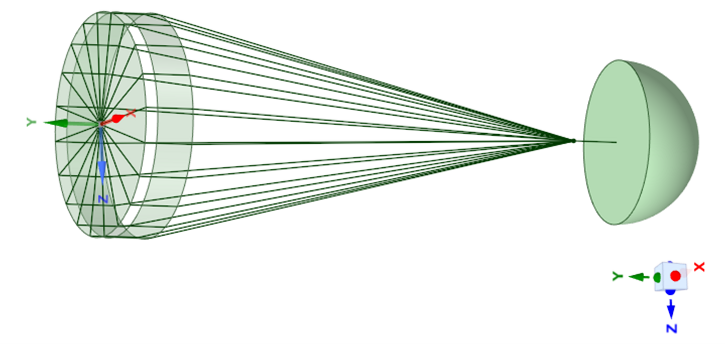
Figure 2 CAD of Parachute

Abbildung 3 Dimensions of Parachute
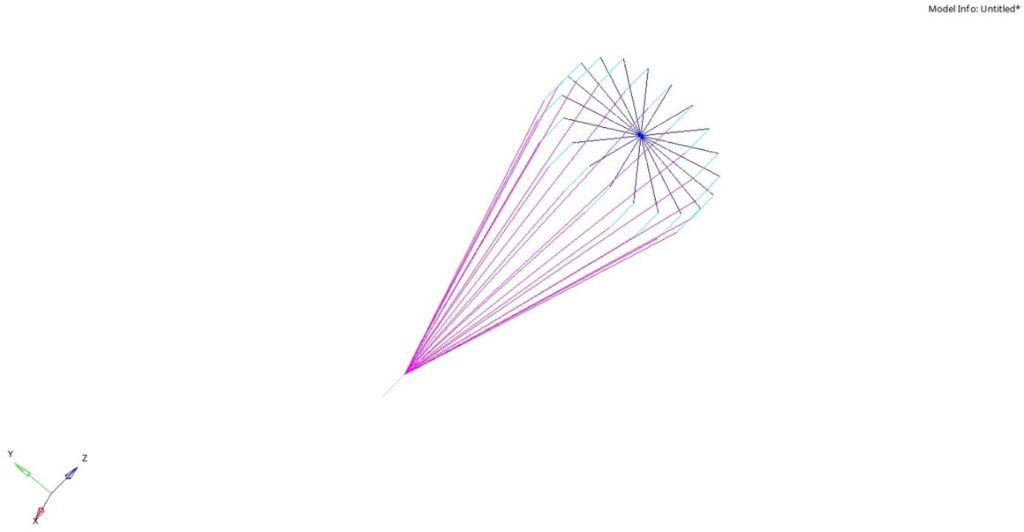
Figure 4 Suspension Cables (Beams)
Dynamic simulations in LS-DYNA evaluate parachute behavior under real-world conditions:
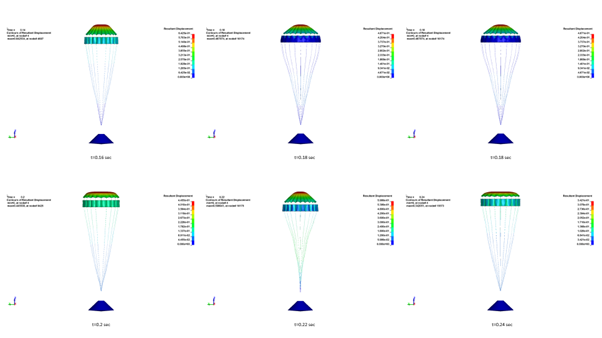
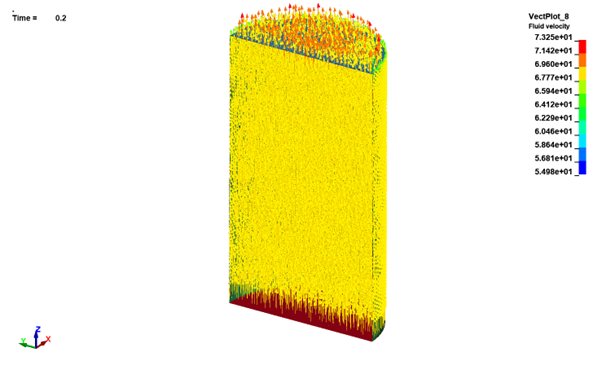
Parachute canopies are highly porous, affecting inflation dynamics and drag forces. LS-DYNA’s ICFD_MODEL_POROUS simulates:
FSI simulation is essential for capturing the coupled behavior of fluid and structure during parachute deployment. LS-DYNA offers:
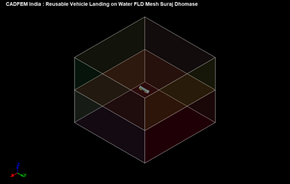
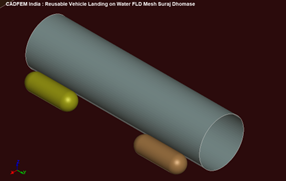
Figure 13 Float Impact on Water
Apart from parachutes, LS-DYNA is also widely used in aerospace floatation system analysis, simulating:
The simulation of parachute deployment using LS-DYNA is a groundbreaking advancement in aerospace engineering. This study highlights:
As parachute designs evolve with new canopy structures and porosity variations, LS-DYNA remains an essential tool for achieving first-time-right engineering solutions in aerospace and defense industries.